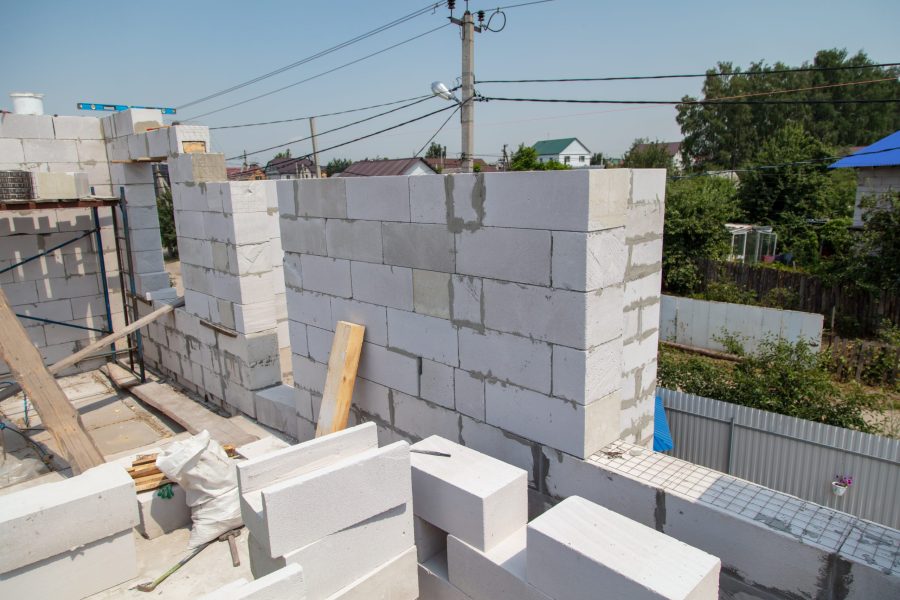The construction industry is undergoing a massive transformation because of a wide-scale interest in recycling. This is the act of collecting and processing used materials to repurpose them in a new way instead of merely discarding them.
In this manner, natural resources are conserved, and pollution is reduced. However, for this eco-friendly initiative to have a significant impact on the environment, it must be done on a large scale and with a commitment to reusing the resources.

What are the Different Types of Construction Materials?
The materials used in construction can be categorized into two types: natural and fabricated. The natural ones are stone, earth, sandstone, and clay. The manufactured ones include metals such as iron, copper, and aluminum; building materials such as concrete, blocks, bricks, timber, and asphalt; and plastics such as polyvinyl chloride (PVC).
How to Recycle Construction Waste at a Job Site
In the construction field, concrete, bricks, and wood are used most. They can be found all through a construction project. These materials must be collected instead of just thrown into a dumpster so that they can be recycled into other useful products for new buildings.
Recycling building materials on the job site requires workers to break down the materials into smaller pieces before they are recycled. This is usually done with a chisel or a sledgehammer. Once the material is broken up, it can then be hauled away by large trucks to a recycling center.
How Construction Recycling Can Help with 3 Use Cases
Construction recycling is a practical way to build new structures out of demolished ones. It’s not only an effective way of managing construction waste, but also of improving the environment in an urban or rural area.
Here are three use cases for construction recycling:
- Reducing the environmental impact of construction: Construction recycling helps reduce the carbon footprint by using recycled materials in new building projects.
- Create a more efficient building: Construction recycling allows us to build more efficient buildings by using recycled resources in place of resources that would otherwise have been wasted. This, of course, saves an enormous amount of money because building materials don’t have to be manufactured from raw materials.
- Reduce waste: With so many unused materials from demolished buildings, we can build new structures with less waste. This is a much better alternative to tidying up everything after the completion of a building by dumping all construction waste material in an ever-growing landfill.
Conclusion
The recycling of construction materials is a three-step process that combines the 3Rs: Reduce, Recycle, and Reuse. The first step in reducing waste is to reuse extra stuff, which can be done by collecting waste materials at a construction site. The second step is to recycle the materials to produce new types of fabricated construction materials. Last, these materials can be reused for new buildings.